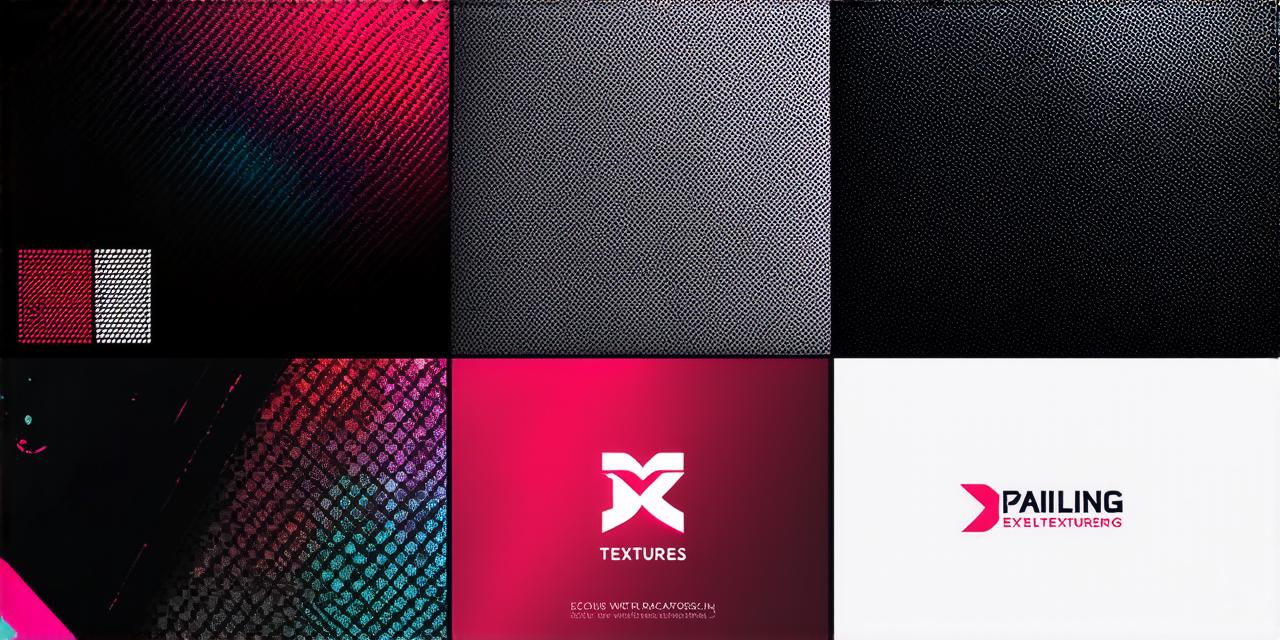A logo is an essential element of any brand’s identity. It represents your company and communicates your values, mission, and vision to your target audience. The design process can be overwhelming for beginners or those with limited experience in graphic design. However, with the right approach, designing a logo can be a fun and rewarding experience that adds value to your business. In this article, we will provide you with a comprehensive guide on how to design a logo for your business, including tips, tricks, and best practices to help you create an effective and memorable visual representation of your brand.
Part 1: The Importance of a Logo Design Process
Before diving into the technical aspects of logo design, it’s important to understand why this process is so crucial. A well-designed logo can have a significant impact on your business’s success, including:
- Increased brand awareness and recognition
- Improved customer loyalty and trust

- Enhanced professionalism and credibility
- Increased sales and revenue
Furthermore, the design process is not just about creating an aesthetically pleasing visual representation of your brand. It also involves understanding your target audience’s preferences and values, defining your brand’s personality, and determining the best color schemes and typography for your logo. All of these factors can influence the overall effectiveness of your logo and impact its success in communicating your brand’s message.
Part 2: Steps to Follow in Logo Design Process
Now that we have established the importance of a well-designed logo, let’s take a closer look at the steps involved in the design process:
- Determine Your Brand’s Identity and Values
The first step in designing a logo is to determine your brand’s identity and values. This involves understanding your target audience, defining your brand personality, and identifying what sets you apart from your competitors. By doing so, you can create a logo that resonates with your target audience and reflects the unique aspects of your business.2. Choose Your Logo Type
There are several types of logos to choose from, including wordmarks, letterforms, pictorial, abstract, and mascots. Each type has its own strengths and weaknesses, and choosing the right one for your brand depends on factors such as your target audience, industry, and values. For example, a wordmark logo is ideal for businesses that want to emphasize their name and make it the central focus of the design. A pictorial logo, on the other hand, is suitable for businesses that rely heavily on visuals and want to use an icon or symbol to represent their brand.
3. Choose Your Colors
Colors play a crucial role in logo design as they can evoke emotions and communicate your brand’s personality. When choosing colors, consider the cultural and psychological associations of each color, as well as how they will look together on your chosen background. It’s also important to ensure that your chosen colors are easily distinguishable from one another and from other brands in your industry.
4. Choose Your Typography
Typography is another essential element of logo design. When choosing your font, consider the legibility and readability of the typeface, as well as how it will look alongside your chosen color scheme. It’s also important to ensure that your chosen typography aligns with your brand’s personality and values.
5. Create Your Logo Design
Once you have gathered all the necessary information about your brand and design preferences, it’s time to create your logo. Start by sketching out rough concepts and ideas on paper or using digital tools such as Adobe Illustrator or Figma. Once you have a few designs that you like, refine them until you are happy with the final result.
6. Test Your Logo
Before finalizing your design, it’s important to test it with your target audience to see how they react to it. This can involve conducting surveys or focus groups or simply asking friends and colleagues for feedback. By testing your design, you can ensure that it is effective in communicating your brand’s message and resonating with your target audience.
Part 3: Tips for Logo Design
Now that we have covered the basic steps involved in the logo design process, let’s take a look at some tips to help you create an effective and memorable logo:
- Keep It Simple
A simple logo is often more effective than a complex one. Avoid using too many colors, fonts, or imagery that can make your logo difficult to recognize and remember. Stick to a clean, minimalistic design that is easy on the eyes and reflects your brand’s values and personality.2. Make it Versatile
Your logo should be versatile enough to look good in various sizes and formats. This means it should be scalable without losing its quality and clarity. Consider designing your logo in vector format, which allows you to resize it without any loss of detail.
3. Use Symbolism and Metaphors
Symbolism and metaphors can help make your logo more memorable and evocative. For example, a tree represents growth and stability, while a lightbulb symbolizes innovation and creativity. By incorporating these types of symbols or metaphors into your design, you can create a more meaningful and impactful logo that resonates with your target audience.
4. Choose the Right Logo Type
Choosing the right logo type is crucial to ensure that your logo effectively communicates your brand’s message. Consider your industry, target audience, and brand personality when choosing your logo type.
5. Test Your Logo
Before finalizing your design, it’s important to test it with your target audience to see how they react to it. This can involve conducting surveys or focus groups or simply asking friends and colleagues for feedback. By testing your design, you can ensure that it is effective in communicating your brand’s message and resonating with your target audience.
- Be Unique
Your logo should be unique and distinguishable from other brands in your industry. Avoid using generic or clichéd designs that may confuse or dilute your brand’s identity. Instead, strive to create a design that is original and memorable.
7. Consider the Context
When designing your logo, consider the context in which it will be used. Will it be used on business cards, websites, or social media? This can affect the size and scale of your design, as well as the color scheme and typography you choose.
Conclusion:
Designing a logo for your business can be an exciting and rewarding process that adds value to your brand’s identity. By following the steps outlined in this guide, conducting thorough research, and testing your design with your target audience, you can create an effective and memorable logo that reflects your brand’s values and personality. Remember to keep it simple, make it versatile, use symbolism and metaphors, choose the right logo type, test your design, be unique, and consider the context. With these tips and tricks in mind, you can create a logo that will help your business stand out in the marketplace and attract more customers.
- Determine Your Brand’s Identity and Values


